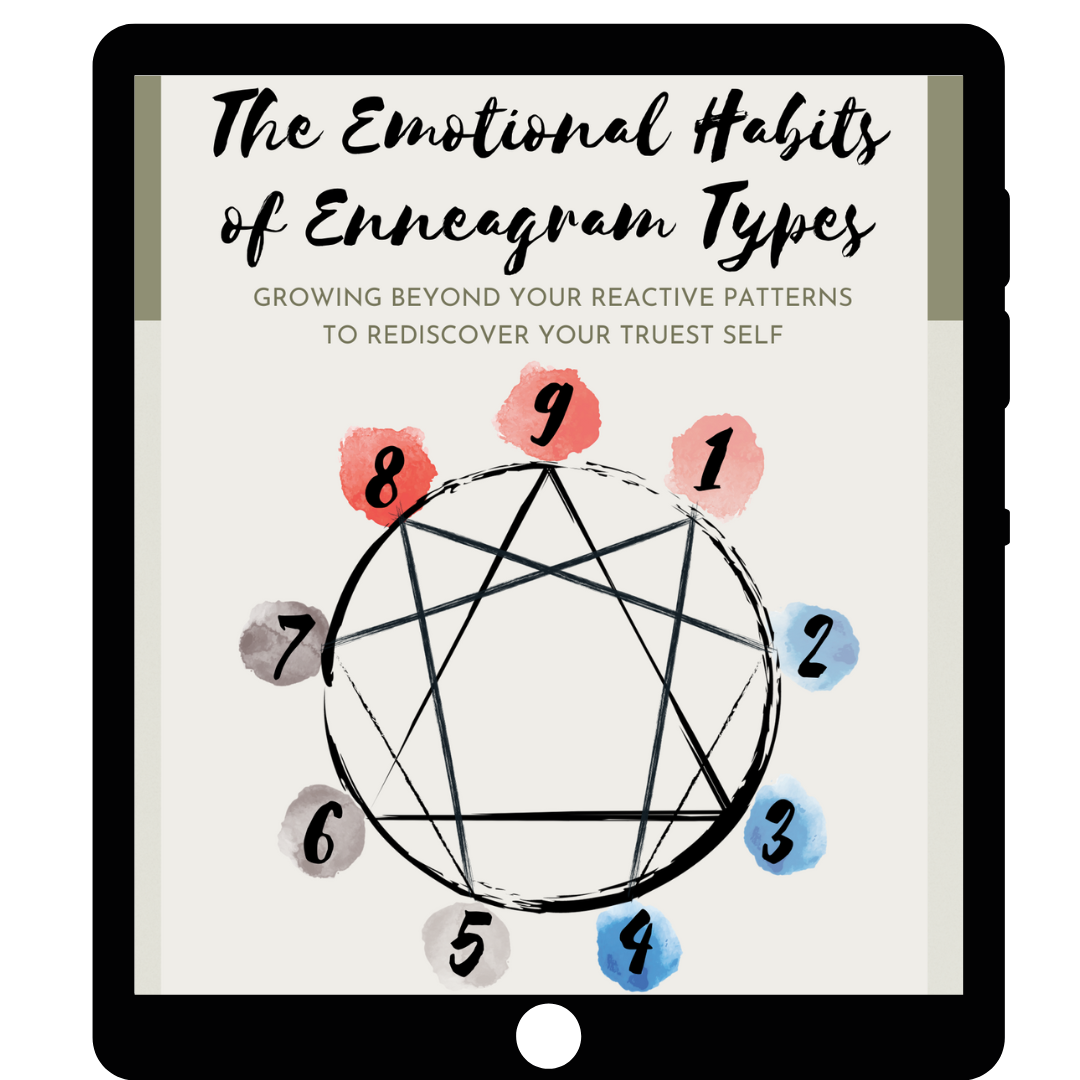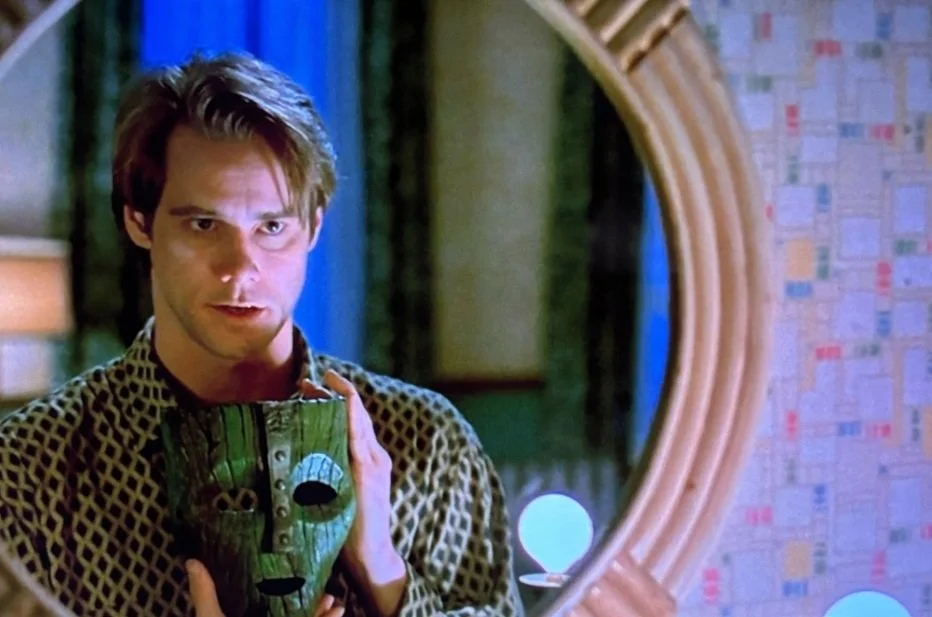Me, Age 12.
Queen of RBF (Resting Bitch Face)
"You look pissed."
"Stop pouting."
"Why are you souring the mood? We were having such a good time.
I was born into an immigrant family from a motherland culture who didn't do feelings well. Emotions were avoided, shunned, and buried underground, where they went into the blackmarket and reemerged in not-so-great ways. Tons of people around me labored endlessly, in school or work or church. They plastered happy faces in public and came home to stress and misery. This is how life was supposed to be...apparently. Back then, I didn't know how emotions help us thrive.
Three Cardinal Rules of Shamedom
There are three messages that govern families and organizations where addiction, abuse, and dysfunction run rampant:
- Don't talk.
- Don't trust.
- Don't feel.
Those who grow up in such contexts develop distorted views of themselves, others, and life that in turn influence their decisions, leading to painful experiences that then reinforce those messages. This creates a perpetuating cycle of SHAME.
Without appropriate ways to attend to pain or people to offer care, individuals turn to addictive substances or activities (including overworking, overeating, overexercising, over-anything) that are meant to reduce pain and/or enhance pleasure but end up doing neither. Rather, these very things further drive people into isolation to drown in their chaotic emotions. Such was the case for me.
Suppression, Isolation, & Restlessness,
NOT Silence, Solitude, & Stillness
I was born a deep feeler into a context where feelings weren't welcome. I had been told most of my life that I'm "too sensitive", "too emotional", or "too negative"...as if I was trying to be that way on purpose. I've been taught that our mind and our will are more important than our emotions: we're supposed to push aside what we're feeling and THINK "correctly" and DO "rightly". Mind and Will OVER Emotions.
Without a safe place to go, I dove headlong into things I felt I was good at and had more control over: academics, work, and ministry (with some video gaming and fantasizing on the side).
I kept things stuffed for as long as I could until I just couldn't. My emotions were just bottled up within me, amplifying themselves and becoming messier, nearly impossible to handle, and leaking out everywhere.
Years of depression and anxiety ensued, with strained relationships trailing behind. I didn't know how to smile, even if I tried.
Putting Pieces Together
It was after college that I started going to therapy. All my life, I felt like there was something wrong with me, because I knew deeply how messed up I was inside when everyone else seemed fine (HELLO SHAME). Through these sessions, I learned that, most likely, I'm actually in the vast majority: MOST people don't know how to do feelings and think that others are doing better. When everyone does that, everyone is stuck in isolation and shame. LOSE-LOSE-LOSE.
It's been over a decade since I began this journey of healing and growing. I've learned a lot about how essential emotions are for our personal well-being, our relationships, and life in general. Emotions help us THRIVE and I had no idea.
Becoming Whole and Living Wholehearted
In my personal journey of becoming more whole and my professional track of becoming a therapist myself, I've learned about emotional health, relationships, and neurobiology. There are two resources that I've found useful:
The Enneagram, a personality framework that reveals our reactive modes of thinking, feeling, and doing
Brainspotting, a type of body-based trauma therapy that reboots our natural ability to soothe our body’s reactivity
These two things have taught me just how much our thoughts, our emotions, and our bodies are interconnected, NOT mutually exclusive or hierarchical. These aspects of us go hand in hand (or hand -’n-heart-’n-head), so it would be wise to consider and address them as such.
How do you become healthy and whole? You attend to ALL aspects of yourself: mind, will, AND emotions.
Me, Age Grown Up and Glown Up
If you’re finding that you’re having trouble knowing what to do with your emotions (which, by the way, includes numbness), perhaps a professional can help you with that. I specifically help people who struggle with painful relationships and the “difficult” emotions of anxiety, guilt, shame, and an allergic reaction to anger create vibrant connections.
Talk, Trust, Feel.
In a world where stress seems the norm and pain begets more pain, let’s REVERSE the Three Cardinal Rules of Don’t Talk, Don’t Trust, Don’t Feel.
Let us all become wholesome, integrated, connected people who makes decisions from wisdom, not reactivity. Let us together make this world spin for the better.
What are the emotional habits of your Enneagram type?
Grab this free guide that shows you how to grow beyond the patterns that keep you stuck!
Don't know your Enneagram type?
Find yours here!
© Copyright 2021 Joanne B. Kim. All rights reserved.
JOANNE B. KIM, lMFT
Joanne is a Licensed Marriage & Family Therapist in San Jose, CA, who loves helping people create emotionally thriving relationships. She helps people EXHAUSTED by anxiety, shame, and an allergic reaction to anger create VIBRANT relationships where they matter, too.
Many of her clients are:
(1) the highly responsible, conscientious, and empathic types
(2) Enneagram Type Ones, Twos, Fours, or Nines
(3) Highly Sensitive Persons (HSPs)
(4) adult survivors of emotional abuse and neglect
The most common words spoken by those who’ve sat with Joanne:
“I thought it was just me. I’m NOT crazy!”
“I can finally figure out what to do with all these feelings!”








































In a conversation with Catherine Quiring of the Coming Home to Ourselves Substack, we explore the Enneagram through the lens of the show Ted Lasso, going into the importance of emotional intelligence, the role of instincts & subtypes in the Enneagram, and how these concepts can help individuals navigate their personal growth and relationships.